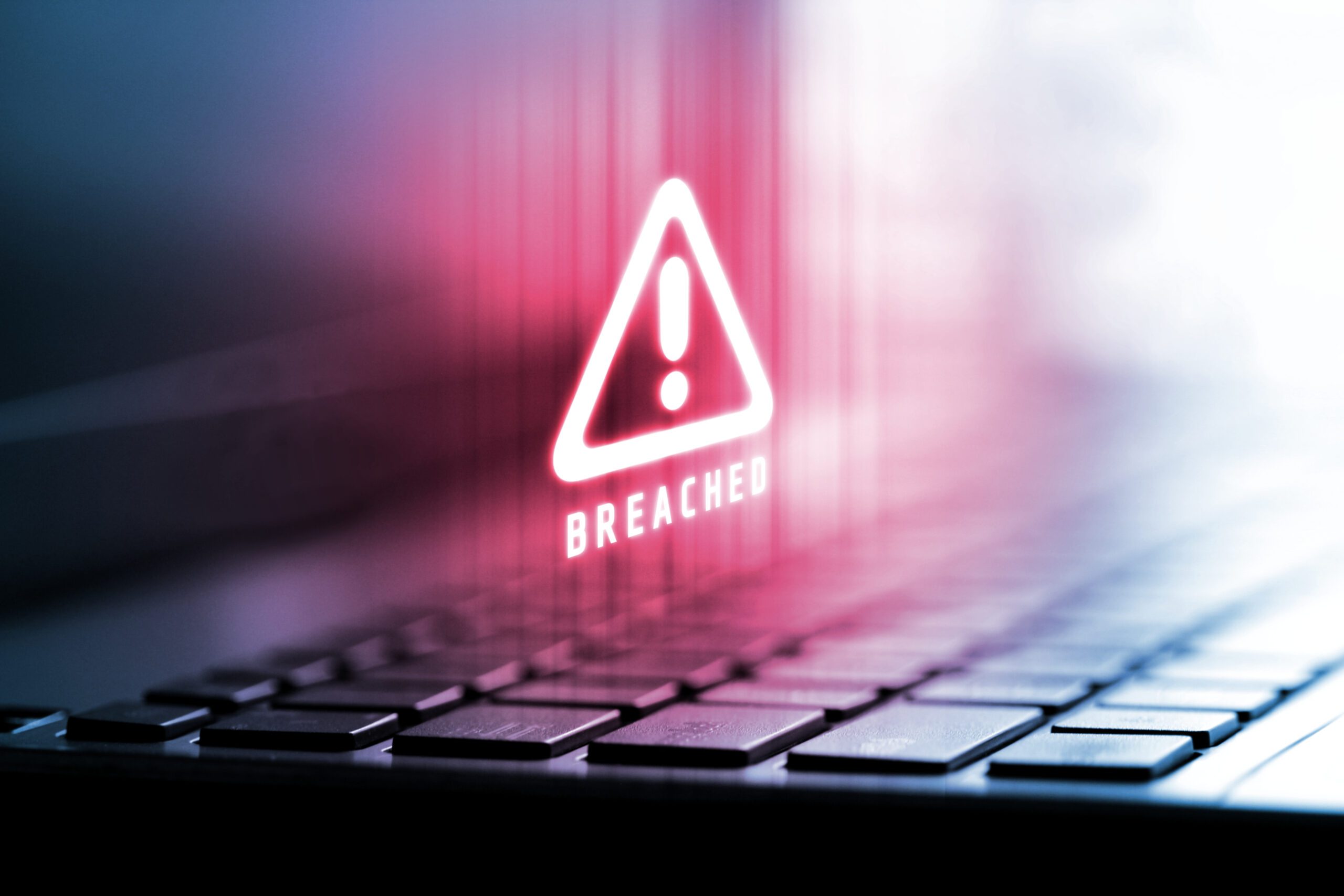Cyber threats are constantly evolving. To stay ahead of them, organizations must remain vigilant in their defenses. A “set it and forget it” approach simply isn’t viable. Increasingly, proactive measures are necessary to prevent costly breaches and safeguard sensitive information. Gap analysis is an essential practice to keep ahead of these threats. This systematic evaluation helps identify weaknesses, prioritize security investments, and build a roadmap for continuous improvement.
Identifying weaknesses and vulnerabilities
It’s easy to implement strong cybersecurity safeguards and slip into a false sense of security. But as digital systems evolve, gaps emerge deep in the tectonic layers of your infrastructure. These weaknesses can stem from various areas:
- Outdated software: Unpatched software with known security flaws creates an open door for attackers. Gap analysis helps discover systems running on unsupported versions or lacking key updates.
- Insecure configurations: Improper configuration of firewalls and servers can render security controls ineffective. Gap analysis can uncover these misconfigurations and ensure settings are aligned with best practices.
- Lack of employee training: Even the most sophisticated security systems are futile if employees are negligent. Gap analysis can reveal opportunities for education on phishing attacks, password hygiene, and other security practices.
Knowledge is power in preventing catastrophic data breaches, and gap analysis is the first step in understanding your attack surface. For example, consider the infamous Equifax data breach of 2017 that resulted from a seemingly minor gap: a security patch that wasn’t applied to a publicly accessible web server. Gap analysis could have detected this exposed server and avoided a major security breach. It was a small oversight with massive consequences.

Prioritizing security investments
Cybersecurity budgets are often limited, making it imperative to allocate resources strategically. By pinpointing the most serious vulnerabilities, gap analysis helps companies prioritize their security investments.
Imagine a scenario where outdated software on a system containing sensitive financial data poses a higher risk than a misconfigured printer on the guest network. Gap analysis would reveal this disparity, allowing resources to be directed toward patching the financial system first.
This prioritization is crucial for risk management. Frameworks like the NIST Cybersecurity Framework (CSF) outline best practices for identifying, assessing, and mitigating cybersecurity risks. Gap analysis complements these frameworks by providing a clear picture of where an organization stands relative to best practices, enabling them to focus on closing the most critical gaps first.
In best-case scenarios, gap analysis can even spur more funding for understaffed or outmoded IT operations. Most companies quickly see the value in making strategic IT investments to shore up their vulnerabilities after weighing the cost of solutions vs. the potential fallout of a cyber attack.

Creating a roadmap for improvement
Gap analysis doesn’t just detect problems; it facilitates solutions. The identified gaps inform decisions on developing new security controls, policies, and programs.
For instance, gap analysis might reveal a lack of endpoint detection and response (EDR) software for finding and stopping malware on user devices. This finding would trigger the implementation of an EDR solution, bolstering the organization’s defenses. Similarly, gaps in employee training on phishing attacks could lead to the development of more comprehensive security awareness programs.
The beauty of gap analysis lies in its ability to establish a roadmap for continuous improvement. The cycle of assessment, remediation, and improvement is vital for maintaining a robust cybersecurity strategy in the face of ever-changing threats.
Gap analysis must be ongoing
Cyber threats will continue to evolve; organizations must evolve faster. To drive investments that protect your data, systems, and people, you must perform gap analysis. Regular gap analysis ensures your company remains vigilant by identifying new vulnerabilities as they emerge and adapting your security posture accordingly.
Don’t wait for a breach to expose critical gaps. Instead, take control of your cybersecurity strategy and leverage gap analysis to build a more secure future.




